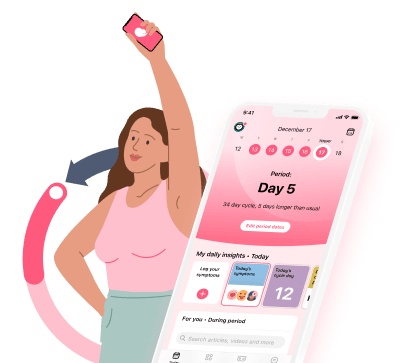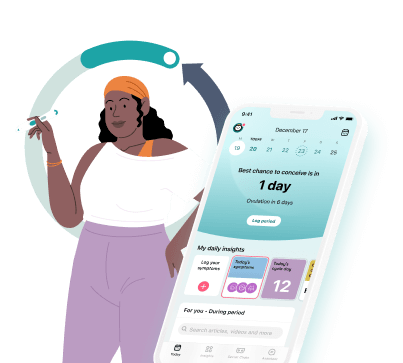When you’re 36 weeks pregnant, you may well have started counting down the days until your due date. It can feel like an exciting time, but it’s natural to find it overwhelming at points too. From feeling nervous about labor and birth to remembering to massage your perineum, it’s natural to have a lot on your mind right now. Keep scrolling to find out what you might experience this week, with advice from a Flo expert.
Your baby at 36 weeks pregnant
Baby’s lungs are structurally mature
It’s a big week for your baby’s development, as the basic structure of their lungs is now mature. However, they’re not totally ready to breathe in the outside world just yet, as their lungs will continue to develop up to full term (39 weeks).
Baby can recognize tastes
By now, your little one’s taste buds are well developed. They’re currently receiving flavors via the amniotic fluid surrounding them in your uterus, but soon enough it could be your breast milk that tickles their taste buds.
How big is a baby at 36 weeks?
Length (crown to heel): 47.3 cm or 18.6 in
Weight: 2.8 kg or 6.2 lb
Size: Equivalent to a head of romaine
All measurements are approximate and vary within the normal range.








